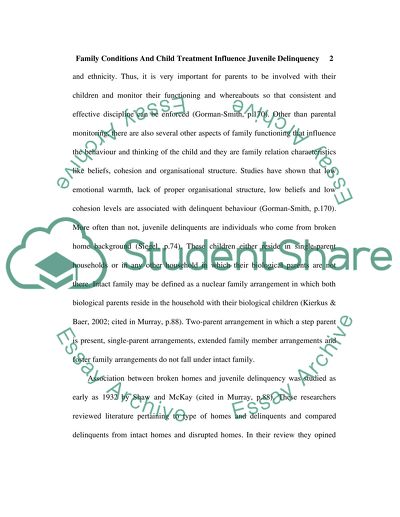Cite this document
(“Family Conditions And Child Treatment Research Paper”, n.d.)
Retrieved from https://studentshare.org/family-consumer-science/1414949-family-conditions-and-child-treatment-influence
Retrieved from https://studentshare.org/family-consumer-science/1414949-family-conditions-and-child-treatment-influence
(Family Conditions And Child Treatment Research Paper)
https://studentshare.org/family-consumer-science/1414949-family-conditions-and-child-treatment-influence.
https://studentshare.org/family-consumer-science/1414949-family-conditions-and-child-treatment-influence.
“Family Conditions And Child Treatment Research Paper”, n.d. https://studentshare.org/family-consumer-science/1414949-family-conditions-and-child-treatment-influence.


